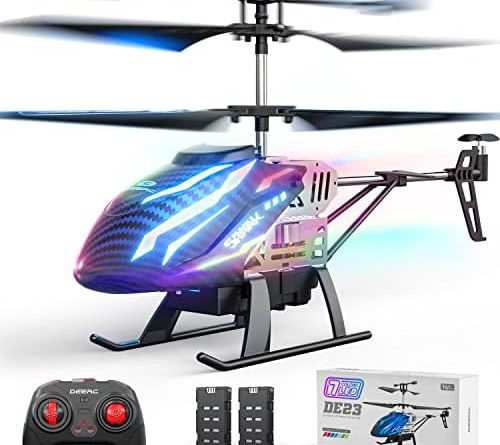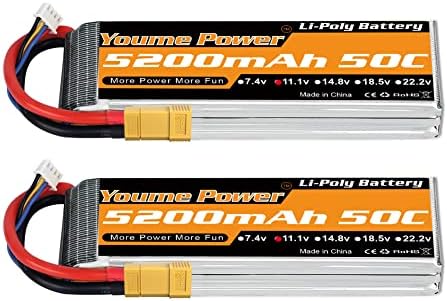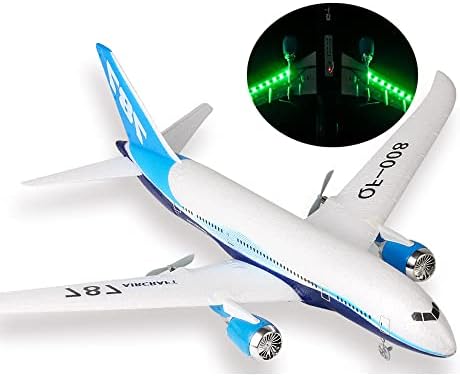


RC Plane Nose Gear: How to Choose, Install and Maintain
As RC plane enthusiasts, we know how important it is to have a smooth takeoff and landing. One of the critical components of achieving this is the nose gear. The nose gear is responsible for steering the plane during takeoff and landing, and it also supports the plane’s weight when it is on the ground. In this article, we will discuss everything you need to know about the RC plane nose gear, including how to choose the right one, install it, and maintain it.
How to Choose the Right RC Plane Nose Gear
Choosing the right nose gear for your RC plane can be a bit tricky, as there are many factors to consider. The first thing to consider is the type of plane you have. Different planes require different nose gears, depending on their size, weight, and design.
The second thing to consider is the type of terrain you will be flying over. If you mainly fly on grass, you will need a nose gear with large wheels to reduce the plane’s chances of getting stuck in the ground. On the other hand, if you mainly fly on pavement, you can get away with smaller wheels.
Lastly, you need to consider the material of the nose gear. Plastic gears are cheaper but less durable, while metal gears are more durable but more expensive. If you are a beginner, plastic gears may be a good option, but if you are an experienced pilot, you may want to invest in a metal gear for better durability.
How to Install the RC Plane Nose Gear
Installing the nose gear on an RC plane is a straightforward process that requires a few tools and some basic knowledge of the plane’s design. The first step is to locate the nose gear opening on the fuselage and prepare it for installation. This may involve removing some of the foam or plastic to make room for the nose gear.
The next step is to attach the nose gear to the fuselage using the supplied screws or bolts. It is important to ensure that the nose gear is securely attached and aligned with the plane’s center line to prevent any steering issues.
Lastly, you need to attach the steering servo to the nose gear and the receiver, allowing you to control the steering of the plane during takeoff and landing.
How to Maintain the RC Plane Nose Gear
Maintaining the nose gear on your RC plane is critical to ensure it functions correctly and lasts for a long time. The first thing to do is to check the nose gear before every flight to ensure that it is properly aligned and has no visible damage. If you notice any cracks or bends, replace the nose gear immediately.
Secondly, clean the nose gear regularly to prevent dirt, dust, and other debris from accumulating around the steering pivot point, which can cause a steering issue.
Lastly, inspect the nose gear after every hard landing to ensure that it has not sustained any damage. If you notice any damage, replace the nose gear to prevent any safety issues.
Frequently Asked Questions
Q: How do I know which nose gear is suitable for my RC plane size?
A: You need to consider your RC plane’s weight, size and design to determine the right nose gear size and material.
Q: Are plastic nose gears reliable?
A: Plastic nose gears are cheaper; however, they may not be as durable as metal gear, and they require more frequent maintenance.
Q: How often should I inspect my nose gear?
A: You should inspect your nose gear before every flight and after any hard landings. Replace it immediately if you notice any damage.
Q: How do I align the nose gear with the plane’s center line?
A: Use a ruler or a straight edge to ensure that the nose gear is aligned with the plane’s centerline when installing it.
Q: How can I maintain my nose gear for long-lasting performance?
A: Clean and inspect the nose gear regularly, and replace it if necessary to ensure the plane’s safety.
Conclusion
The nose gear is an essential component of an RC plane, responsible for steering during takeoff, landing and supporting the plane’s weight during ground handling. To choose the right nose gear, consider the plane’s size, weight, and design, as well as the terrain you will be flying over. During installation, ensure that the nose gear is securely attached and aligned with the plane’s center line. Lastly, maintain the nose gear by inspecting and cleaning it regularly to prevent any damage and ensure long-lasting performance. With these tips, you can choose, install, and maintain your RC plane nose gear like a pro.
Price: $30.80
(as of Mar 10, 2023 13:34:03 UTC – Details)







